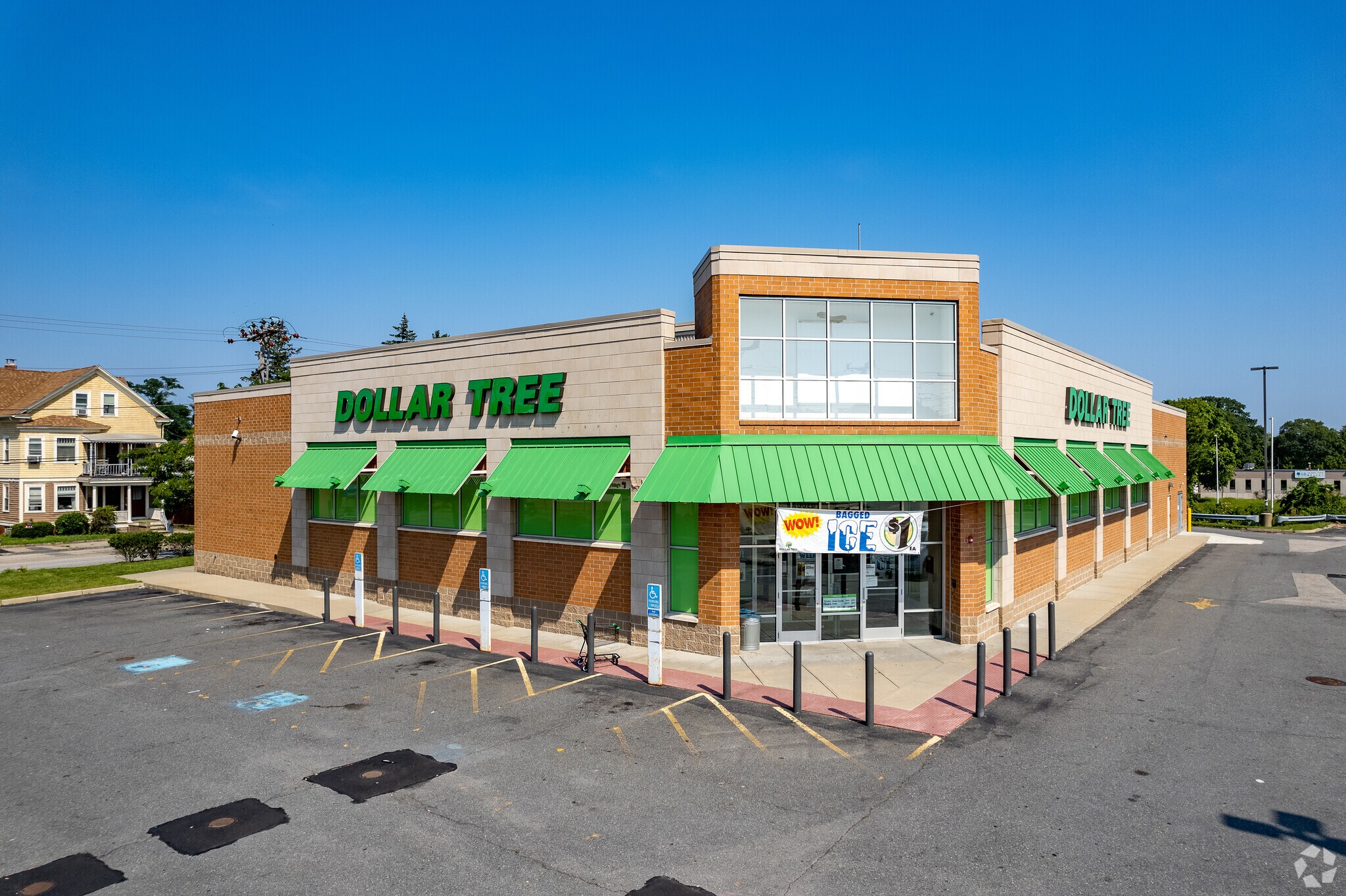
Dollar Tree’s latest quarterly results have not met Wall Street’s expectations due to higher-than-expected costs, leading to a significant earnings miss.
The consensus target price for Dollar Tree has seen a notable decline, reflecting growing concerns about the company’s future performance.
Despite a sharp decline in stock price following the earnings announcement, some analysts remain optimistic about Dollar Tree’s long-term prospects.
Dollar Tree, Inc. (NASDAQ:DLTR), a leading figure in the discount retail sector, has recently faced a significant challenge as reflected in its latest quarterly results. The company, known for its wide array of merchandise at budget-friendly prices, operates a vast network of stores under the Dollar Tree and Family Dollar brands across the United States and Canada. Despite its strong market presence, Dollar Tree’s financial performance has not met Wall Street’s expectations, primarily due to higher-than-expected costs that led to a substantial earnings miss. This development has prompted a reevaluation of the stock by investors and analysts alike.
The consensus target price for Dollar Tree has undergone notable adjustments over the past year, with a marked decline observed in recent months. Initially, analysts held an optimistic outlook with a target price of $139.18 a year ago, which was later adjusted to $129.43 in the last quarter. However, the most recent average price target has dropped significantly to $96.80. This downward trend in target prices reflects growing concerns among analysts about the company’s future performance, influenced by the recent earnings miss and the challenges it faces in managing costs.
The quarterly results that fell short of expectations have had a direct impact on Dollar Tree’s stock performance. Following the announcement, the stock experienced its largest single-day percentage fall on record, plummeting 21.3% to $64.25. This sharp decline underscores the market’s reaction to the company’s financial setbacks and the broader implications for its valuation. Despite this, Barclays maintained a price target of $145 for Dollar Tree, indicating some analysts’ continued confidence in the company’s long-term prospects.
Several factors have contributed to the reassessment of Dollar Tree’s stock target price, including the broader market conditions, the company’s own performance, economic factors affecting the retail sector, and the competitive landscape. The recent earnings miss, attributed to higher-than-expected costs, has particularly highlighted the challenges Dollar Tree faces in maintaining profitability and growth amidst a changing economic environment. This situation has led to a more cautious or bearish outlook from analysts, as evidenced by the substantial decrease in the consensus target price.
Investors and market observers are now closely watching how Dollar Tree will address its cost management issues and adapt to the evolving retail landscape. The company’s ability to navigate these challenges will be crucial in determining its future stock performance and whether it can meet or exceed the revised analyst expectations. As Dollar Tree continues to strive for operational efficiency and growth, the market’s response to its strategic decisions will remain a key area of focus for investors.


 10k Yellow Gold Plated 3 Carat Heart Created Emerald Stud Earrings
10k Yellow Gold Plated 3 Carat Heart Created Emerald Stud Earrings